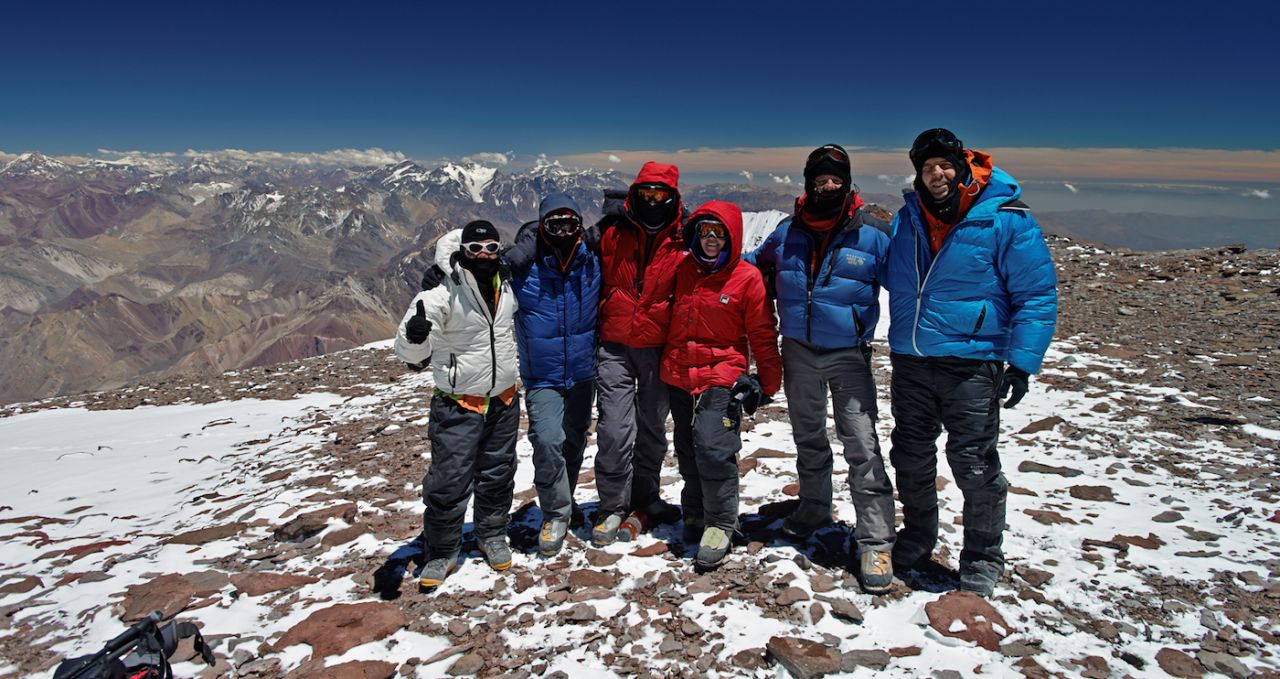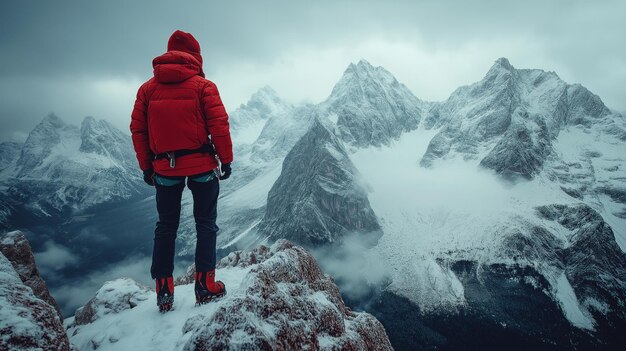3 Essential Jackets for Climbing Mount Kilimanjaro
Here are 3 Essential Jackets for Climbing Mount Kilimanjaro. Preparing to climb Mount Kilimanjaro requires more than just determination—you also need the right gear to handle the mountain’s rapidly changing weather conditions. Among the most critical pieces of equipment are your jackets. To stay protected from the wind, rain, and extreme cold, you’ll need three specific types of jackets.
This guide explains what each jacket does and why it’s a non-negotiable part of your Kilimanjaro gear list.

-
Waterproof Jacket (Also Called a Rain Jacket or Hard Shell)
As the name suggests, a waterproof jacket is designed to prevent water from penetrating through to your body. Sometimes referred to as a rain jacket or hard shell, this outer layer acts as your primary defense against precipitation and wind.
Weather on Mount Kilimanjaro is highly unpredictable. At any moment, climbers might face rain, hail, or snow. That’s why it’s crucial to choose a jacket that is fully waterproof—not just water-resistant. A water-resistant jacket might hold up in light drizzle, but it won’t protect
you in a serious downpour or snowstorm. Getting wet on the mountain can lead to serious problems, including discomfort, rapid cooling, and even hypothermia in severe cases.
Always carry your waterproof jacket in your daypack, as weather conditions can change without warning at any elevation.
Modern waterproof jackets are also designed to be breathable. This means that while the outer membrane blocks water from entering, it still allows moisture vapor (from sweat) to escape. This breathability is essential because without it, trapped heat and sweat can cause you to become wet from the inside out. The fabric uses microscopic pores that are small enough to prevent liqu
id water from seeping in, yet large enough to let vapor pass through.
Additionally, this type of jacket doubles as a windbreaker, which makes it useful not only in wet conditions but also when facing cold gusts, resting during a hike, or encountering cooler temperatures. You will wear this jacket along with your other layers during the summit attempt, where conditions are cold, windy, and potentially wet.
-
Insulated Jacket (Down Jacket or Puffy/Puffer Jacket)
Once you’ve shielded yourself from wind and rain, the next step is staying warm. That’s where an insulated jacket comes in. These jackets trap body heat by holding pockets of air close to your skin. Common examples include down jackets, synthetic down jackets, and puffy/puffer jackets.
The key to a great insulated jacket is its warmth-to-weight ratio. It must keep you warm without being bulky, heavy, or restrictive—important qualities when you’re trekking and need mobility and packability.
Among all insulating materials, down is the gold standard. Derived from the soft, fluffy feathers beneath the tougher exterior feathers of birds like geese and ducks, down provides exceptional insulation. It’s lightweight, compressible, and incredibly efficient at retaining heat. This same natural insulation keeps waterfowl warm in cold and wet environments.
In addition to natural down, there are synthetic alternatives designed to replicate its insulating performance, often with added benefits like better moisture resistance.
While daytime temperatures on Kilimanjaro are usually too warm for an insulated jacket, you’ll need it in the evenings, when temperatures drop significantly. It’s ideal for wearing around camp, during dinner, or even inside your sleeping bag if you get cold at night. Most importantly, your insulated jacket is essential for the summit night hike, when temperatures can plummet well below freezing. You’ll wear it during rest breaks or continuously, depending on how cold it gets.
Store your insulated jacket in your duffel bag, as you won’t need it during your day hikes.
-
Soft Jacket (Fleece or Soft-Shell Jacket)
The third jacket you’ll need is for day-to-day use on the trail in cool, but not freezing, conditions. This is your soft jacket—a mid-layer that balances warmth, breathability, and mild weather resistance. It’s perfect for staying comfortable during physical activity when you don’t want to overheat.
This category includes fleece jackets and soft shells, both made from soft, flexible materials. However, there are some important differences between them.
- Soft shell jackets are designed to repel light rain and wind, making them suitable for slightly rougher weather.
- Fleece jackets, on the other hand, typically offer better insulation but minimal protection against wind or moisture.
Many outdoor gear brands now offer hybrid versions that combine the warmth of fleece with the protective qualities of a soft shell, so the lines between the two are increasingly blurred.
For climbing Kilimanjaro, fleece jackets are generally preferred. Since you’ll already be carrying a fully waterproof and windproof hard shell, having a mid-layer that provides more warmth (rather than redundant weather protection) is usually more useful. Fleece offers better insulation for the cool temperatures you’ll frequently encounter, especially at higher altitudes.
Final Thoughts
Together, these three jackets—a waterproof outer shell, an insulated down layer, and a breathable soft jacket—will protect you against the full range of weather conditions you’ll face on Mount Kilimanjaro. Whether you’re trekking through the rainforest, crossing alpine deserts, or making your summit attempt under a starry sky, these layers will keep you dry, warm, and comfortable every step of the way.


















